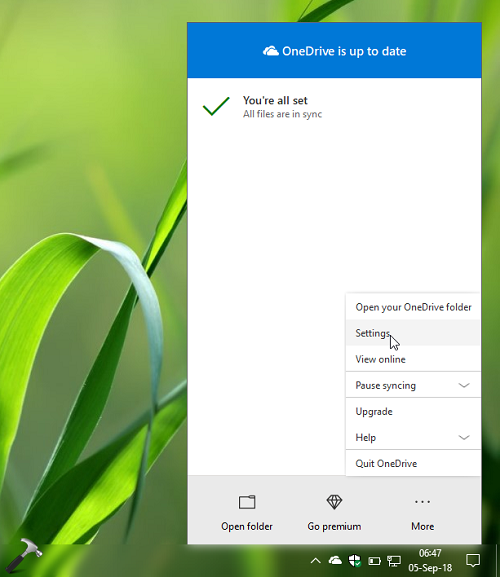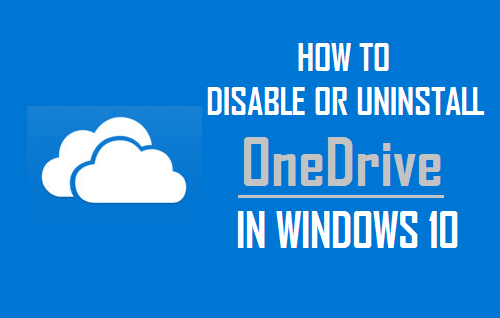

On a 64-bit system type %systemroot%\SysWOW64\OneDriveSetup.exe.To find out which you have search in the Start Menu for System and open the System (Control Panel) search result, this displays System type which is the information you need The following command, which will uninstall OneDrive, will vary depending on whether you have the 32-bit or 64-bit versions of Windows 10.Type taskkill /f /im OneDrive.exe to stop any running OneDrive processes.Search in the Start Menu for Command Prompt and then right-click it and select Run as Administrator.

If the OneDrive icon does not reappear in the System Tray on the far right side of the Taskbar within a few minutes, in the Run dialog, type the command %localappdata%\Microsoft\OneDrive\onedrive.exe to start OneDrive manually.



 0 kommentar(er)
0 kommentar(er)
